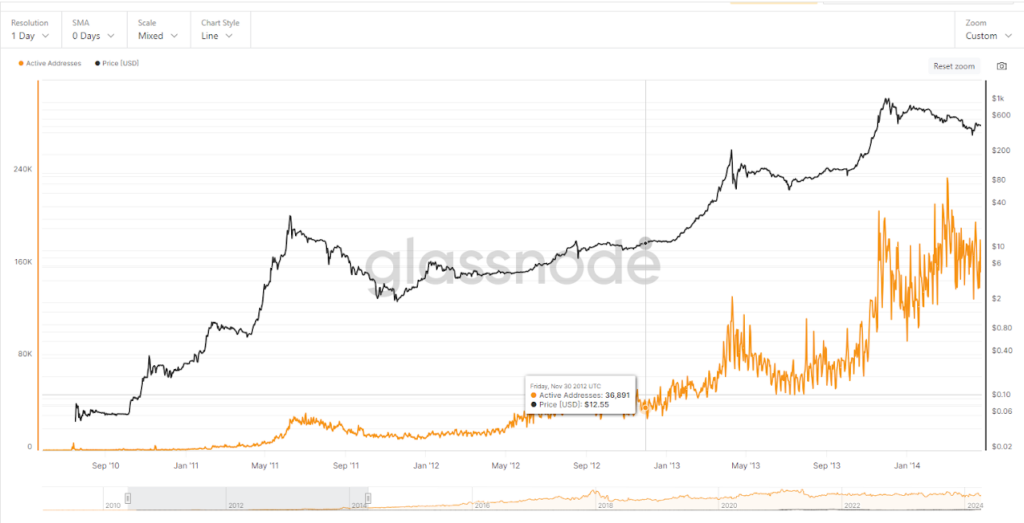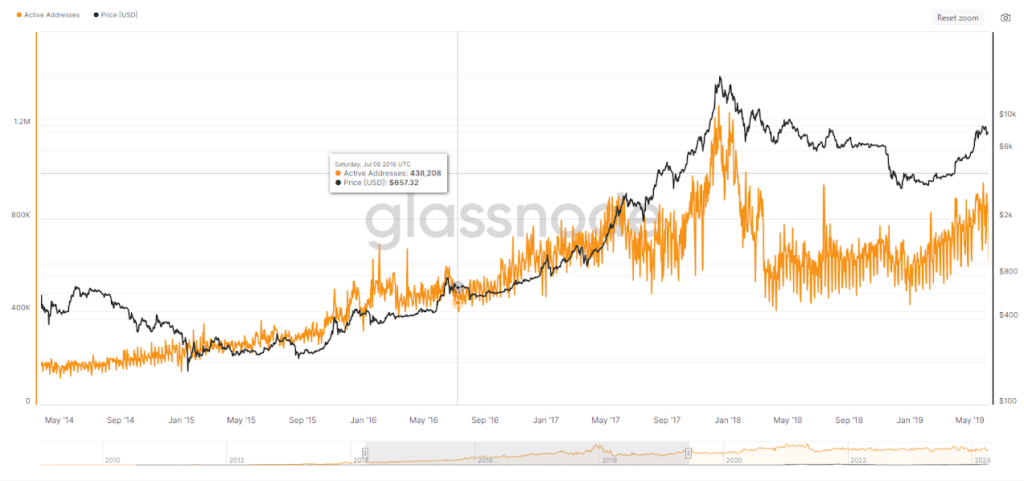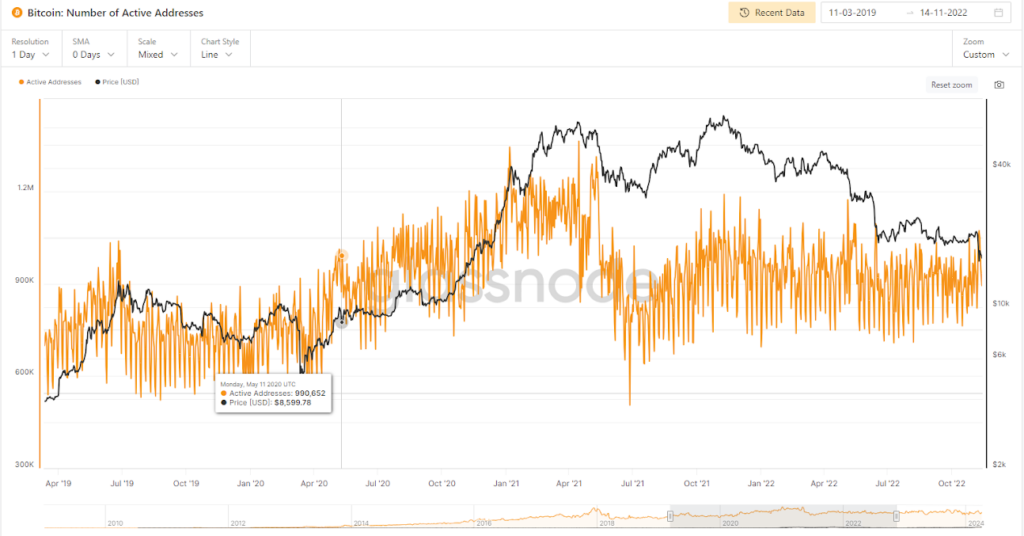An important milestone in the development of cryptocurrencies is the Bitcoin halving, which occurs approximately every four years. During this event, the reward for mining new Bitcoins is reduced by half, influencing both the availability of Bitcoins and the overall functionality of its system. This change impacts various indicators of Bitcoin’s adoption and network usage.
Following historical patterns, after each Bitcoin halving, there is an uptick in the number of Bitcoin wallets in use. This rise in active wallets serves as a sign of heightened engagement and participation among Bitcoin users. In this article, we delve into the correlation between Bitcoin halvings and the expansion of active addresses.
What is Bitcoin Halving?
A Bitcoin halving is a pre-planned occurrence in the Bitcoin network, happening roughly every four years or after approximately 210,000 blocks are mined. In this event, the reward given to miners for creating a new block is cut in half. The next halving is projected to take place around April 20, 2024, marking the achievement of 840,000 blocks.
Look Back Into Past Bitcoin Halving Events
First Halving: November 28, 2012
On November 28, 2012, the Bitcoin mining reward was reduced for the first time during a halving event. Instead of receiving 50 bitcoins as reward for mining a block, miners now received only 25 bitcoins.

During that period, there were around 43,606 Bitcoin addresses in use. By April 9, 2013, about 132 days following the halving event, both the number of active addresses and Bitcoin’s all-time high price had significantly increased. The number of active addresses spiked to approximately 111,535, while Bitcoin reached an unprecedented price of $230. After a year had passed, the number of active addresses had grown to 200,988, which in turn led to an increase in Bitcoin’s price up to $1050.
Second Halving: July 9, 2016
On July 9, 2016, the number of bitcoins given as a reward for mining a new block of transactions on the Bitcoin network was cut in half for the first time. Previously, miners earned 25 bitcoins for each completed block, but after this event, they began receiving only 12.5 bitcoins instead.

At that point in time, there were approximately 438 thousand unique Bitcoin network addresses in use. By July 7, 2017, this number had grown to over 737 thousand, suggesting a significant surge in user activity as the price of Bitcoin soared to around $2,500.
Third Halving: May 11, 2020
On May 11, 2020, Bitcoin experienced its third reduction in miner rewards during a halving event. Instead of receiving 12.5 bitcoins as reward for mining a block, miners now receive 6.25 bitcoins.

At that point in time, approximately 990,652 Bitcoin addresses were in use within the network. By April 15, 2021, around one year post-halving, this number had grown to over 1.36 million active addresses. This expansion was marked by a significant rise in Bitcoin’s worth, peaking at $63,200.
Why Does User Activity Increase After Halving?
After each Bitcoin halving, I’ve noticed an uptick in user activity as scarcity comes into play.
The production of new Bitcoin coins decreases, making this digital currency increasingly rare. With less being produced, demand for Bitcoin tends to rise as people expect its value to go up. As a result, existing users become more engaged with the network by either hoarding their Bitcoins or stepping up their trading activities in anticipation of price hikes.
New users are attracted by the potential profits, which is a common topic in media coverage. The media often emphasizes the likelihood of price increases, leading more people to join the network. This new wave of users contributes to the increased user engagement following the halving event.
After each Bitcoin halving event, there’s been an observable surge in user engagement for several reasons. These include the enticing prospect of profits, the hike in price due to scarcity, and heightened media coverage.
Looking Ahead to the Fourth Halving Event:
The price movements of Bitcoin in the future are unpredictable due to the upcoming halving event in 2024. While historical data suggests that Bitcoin’s value tends to increase following a halving, the exact outcome remains uncertain. Nevertheless, based on past trends, there is optimism regarding Bitcoin’s growth prospects as previous halvings have led to heightened investor attention and adoption, showing Bitcoin’s ability to bounce back from market fluctuations.
Read More
- Silver Rate Forecast
- Black Myth: Wukong minimum & recommended system requirements for PC
- Gold Rate Forecast
- USD CNY PREDICTION
- Former SNL Star Reveals Surprising Comeback After 24 Years
- Arknights celebrates fifth anniversary in style with new limited-time event
- Grimguard Tactics tier list – Ranking the main classes
- Gods & Demons codes (January 2025)
- Maiden Academy tier list
- PUBG Mobile heads back to Riyadh for EWC 2025
2024-04-16 19:00